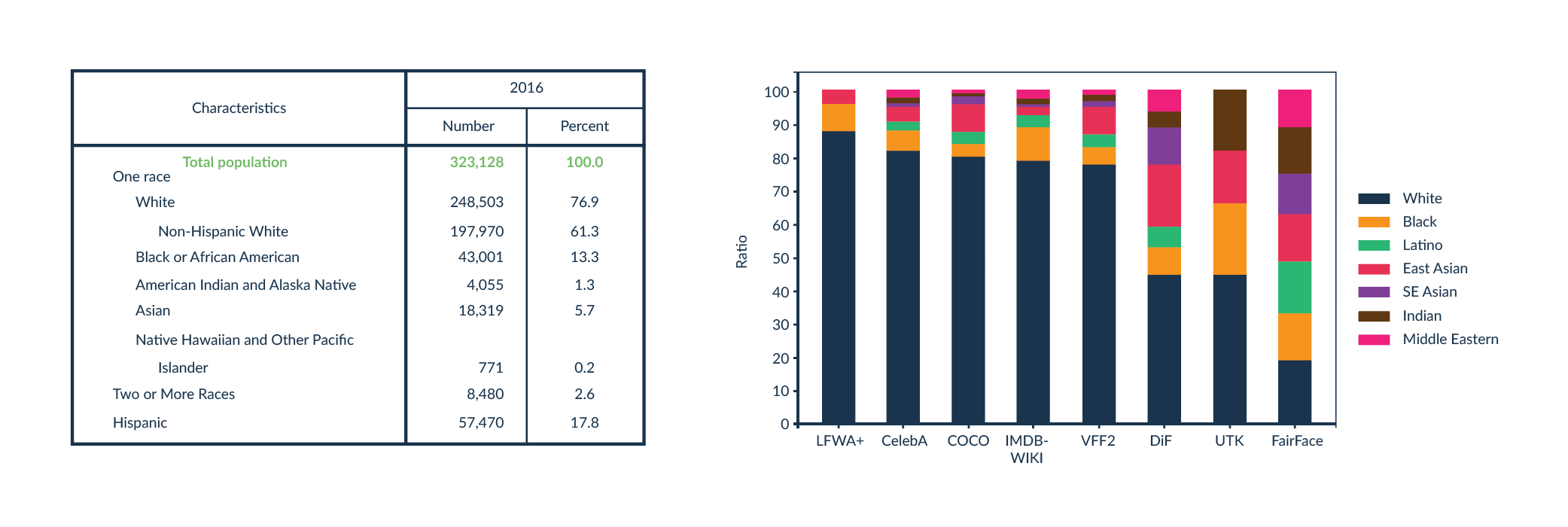What makes some websites appear immediately after entering a search query, while others disappear in the midst of other sites? How can we make it easier for users to find our website? SEO is responsible for these and other aspects, and it has nothing to do with randomness. Whether you are just starting your journey with running a website or have been doing it for a long time, whether you handle everything yourself or delegate it to someone else, it’s important to know the basic principles of SEO. After reading this article, you will learn what SEO is, what it consists of, and how to use it properly.
What is SEO?
Let’s start with what SEO actually is and what it consists of. SEO (Search Engine Optimization) is a set of activities undertaken to improve the positioning of a website in search results [1]. It consists of various practices and strategies, such as proper text editing and building a link profile. SEO also involves adapting the website to algorithms used by search engines. These algorithms determine which pages will be displayed on the first page of search results and in what order. Through optimization, a website can gain a better position in the search results, which increases its visibility.
It is important to remember, of course, that SEO tools are only one way to improve the popularity of a website. It doesn’t produce results as quickly as, for example, paid advertising, but it’s relatively inexpensive. Furthermore, the achieved effect will last longer and won’t disappear after a subscription expires, as is the case with many other marketing techniques.
On-site positioning
We can divide SEO into two types: on-site and off-site. On-site SEO includes all activities that take place on a specific website. These are all editorial, technical, or other issues that affect content loading speed. By taking care of these aspects, the website is more readable for both the user and Google’s robots. Good on-site SEO requires attention to:
- Metadata and ALT description – even if a page is readable for users, what about search engine algorithms? To make it readable for them as well, it’s worth taking care of meta titles and descriptions, which will help search engines find our website. In addition, it is also worth taking care of ALT descriptions, also known as alternative text. Algorithms don’t understand what’s in images. With this short description, they will be able to assign its content to the searched phrase and improve positioning.
- Header – this is another thing that affects more than just human perception. Proper distribution of headers and content optimization in them can significantly contribute to improved positioning.
- Hyperlinks – the set of links, also known as the link profile. Here we can distinguish between external and internal linking. External linking refers to links coming from websites other than our own and is considered off-site SEO. On the other hand, internal linking refers to links within a single website that redirect users to other tabs or articles.
Off-site positioning
Off-site SEO refers to all activities undertaken outside the website to increase its visibility and recognition on the web. This helps generate traffic to the site from external sources. Such activities include:
- Hyperlinks – again, a link profile that builds a site’s popularity and recognition on the web. Off-site SEO includes external linking, i.e. from other sources. It is worth ensuring that these are of good quality, i.e. from reliable sources. Gone are the days when only quantity mattered. Nowadays, search engine algorithms pay much more attention to value.
- Internet marketing – this includes activities such as running profiles on social media, engaging in discussions with users on forums, or collaborating with influencers. These aspects do not directly affect search results but can indirectly contribute a great deal to boosting the number of queries about our website.
- Reviews – after some time, opinions about a website or business naturally appear on the web. It’s worth taking care of them and responding to users who leave them. Maintaining a good customer opinion is one aspect of building a trustworthy brand image [3].
Link building and positioning
Link building is the process of acquiring links that will lead to our website. These can be links from external sources (so-called backlinks) or internal linking. In that case, we are talking about links that will redirect us within a given website. A well-built link profile significantly affects positioning, as discussed above [4]. However, how has the significance of such practices changed?
For many years, Google allowed SEO practitioners a lot of leeway in this regard. It was commonplace to encounter sites that had hundreds of thousands of links leading to them because the number of links had a significant impact on positioning, and their quality was not as crucial. The vast majority of these were low-quality links, which were posted online in forums, guestbooks, directories, comments, etc. This was often not handled by a human, but special applications were used that did it automatically. This approach brought significant results and could be carried out relatively inexpensively. But not for long. This all changed in April 2012. There was a kind of revolution back then – Google introduced a new algorithm called Penguin.
How did Penguin change SEO?
What is Penguin? It is an algorithm created by Google and introduced on 24th April 2012, to combat unethical SEO practices. SEO specialists tried to trick Google’s script by buying links and placing them in inappropriate places, but Penguin effectively caught them.
Let’s try to answer how Penguin works. This script analyses the links leading to a particular website and decides on their value. If it deems them to be of low quality, it will lower the rankings of the sites they lead to. Such links include purchased ones (also from link exchanges) or those created by bots. It will also do the same for spam links, such as those placed in forum comments or on completely unrelated websites. However, its action is not permanent – when low-quality links are removed, a given website can regain its position. It’s worth mentioning that Penguin was not created only to detect fraud and reduce the visibility of websites in search results. Its role is also to reward honestly conducted websites. If it deems the link profile valuable, it will increase the visibility of such sites [6].
Ethical and unethical positioning
Depending on what we base our SEO techniques on, a distinction can be made between White Hat SEO and Black Hat SEO. These terms allude to the good and evil characters in western tales. According to culturally accepted convention, the characters usually wore white and black hats respectively, hence the association. But what do they mean and how do these techniques differ?
White Hat SEO is ethical SEO, applied according to guidelines recommended by search engines. It involves procedures such as creating good quality content (free of duplicates). Using headings, bullet points and ensuring paragraphs are the right length is also important. Black Hat SEO, on the other hand, is characterized by unethical behavior aimed at artificially boosting popularity. These include practices such as overusing key phrases out of context, hiding text or buying links. Such actions can result in a decrease in trust in the site and the imposition of filters lowering its position. Even exclusion from search results is possible[7].
Summary
The key to increasing traffic to a website and improving its positioning is the skilful use of SEO tools. These are both on-site and off-site techniques that can significantly increase reach. When using SEO, it is important to remember to do it properly. By following the recommendations of search engines and adapting the content to both the user and the algorithms, we can count on positive results and improved statistics. Unethical practices, on the other hand, can lead to the opposite effect.
References
[1] https://searchengineland.com/guide/what-is-seo
[2] https://www.semstorm.com/pl/blog/seo-and-ppc/czym-sie-rozni-on-site-seo-od-off-site-seo
[4] https://greenparrot.pl/blog/co-to-jest-off-site-seo/
[5] https://1stplace.pl/blog/algorytm-google-pingwin/
[6] https://www.business2community.com/infographics/history-google-penguin-infographic-01468714






